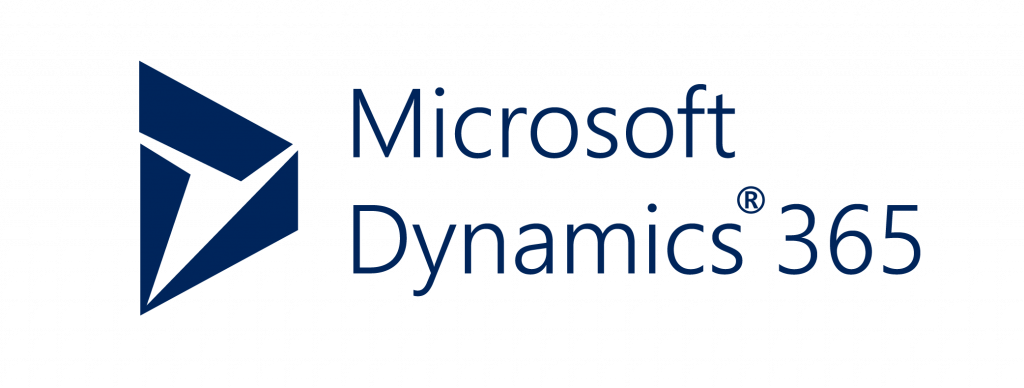Whether you want to analyze your Microsoft365 meetings, CRM, HR, or other data sources, Peero can help you transform your data into actionable intelligence that can boost your performance and competitiveness.

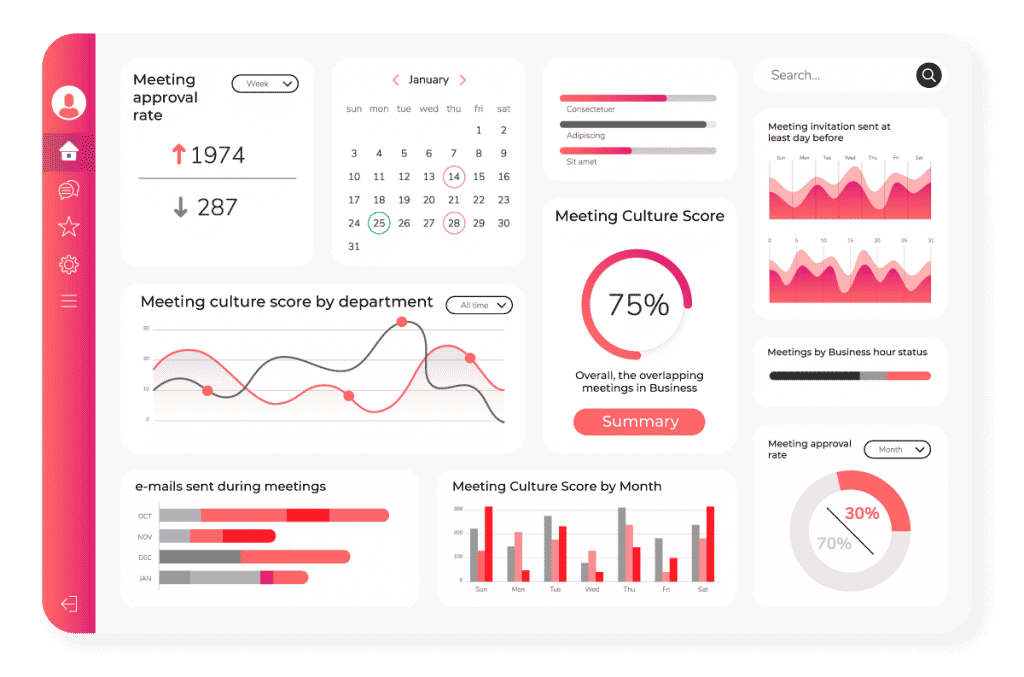
Centralization eliminates silos and improves governance
By storing and managing all your data in one place, you can ensure that everyone has access to consistent, complete, and reliable data sets.
Integration increases efficiency and performance
By connecting and transforming data from multiple sources, you can reduce the time and cost of data preparation and analysis.
Democratization empowers decision-making and innovation
By making data accessible and understandable to everyone, you can enable data-driven culture and collaboration across your organization.
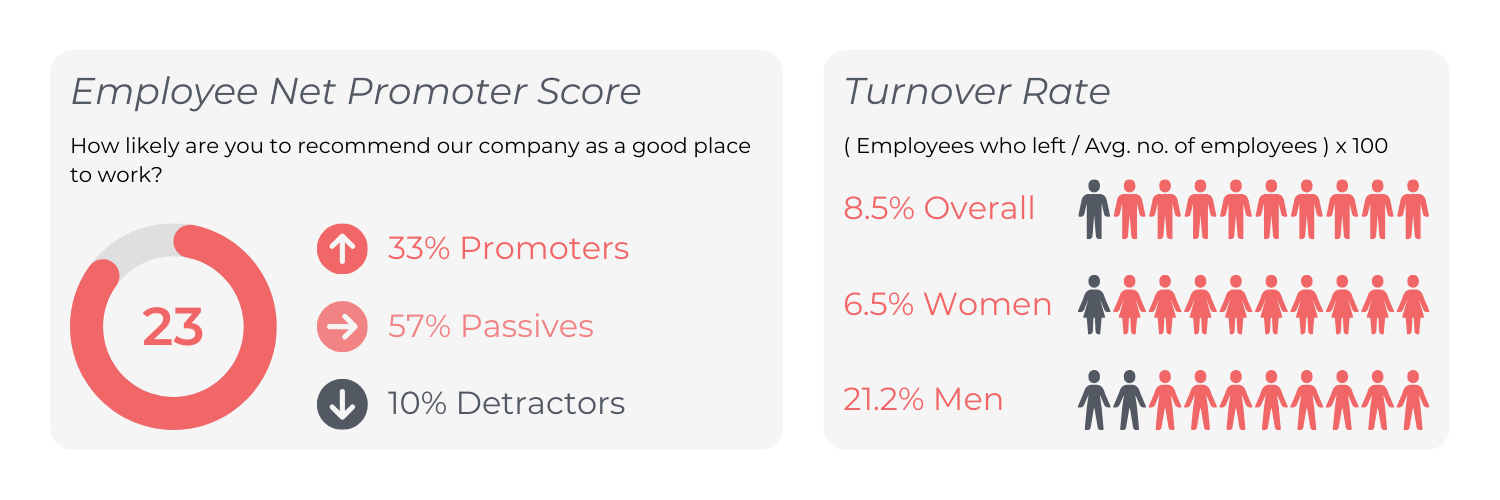
HR analytics provides an interactive dashboard that shows key metrics and trends from your HR data. Analyze your employee headcount, workforce demographics, employee engagement and satisfaction, and employee turnover.
Peero HR analytics helps to gain insights into workforce composition, dynamics, and potential, and identify opportunities for improvement.
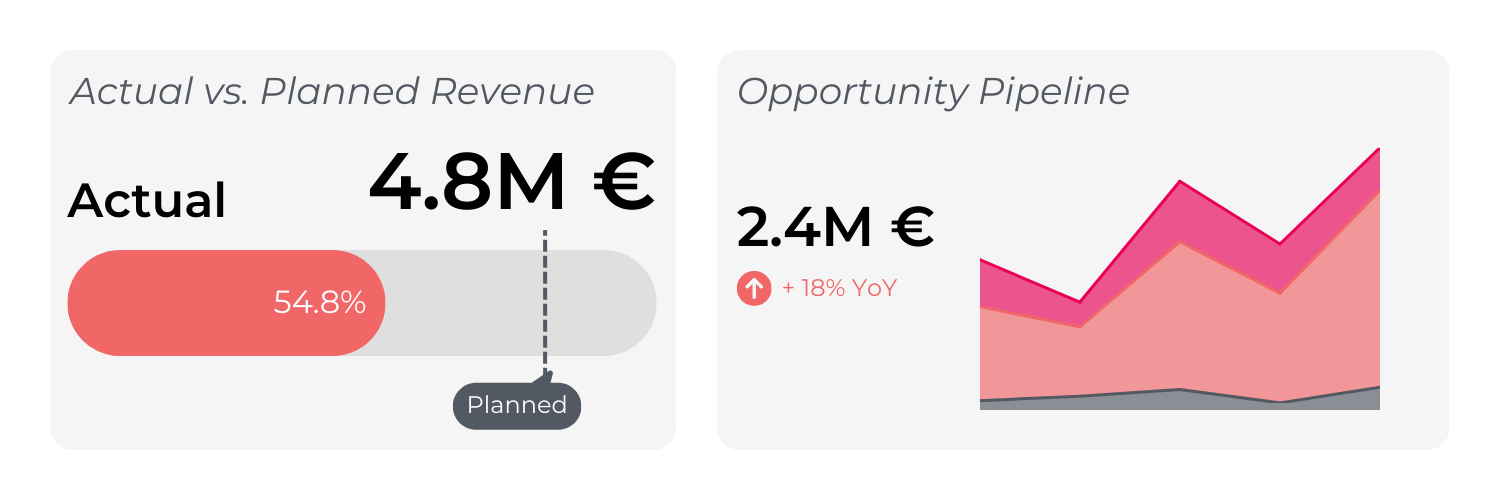
CRM analytics provides a comprehensive and customizable dashboard that shows key metrics and trends from your CRM data. Analyze leads, opportunities, legal cases, and orders by various dimensions, such as source, status, owner, product, region, and time. Drill down into the details, filter by criteria, and compare results.
Gain insights into sales effectiveness, identify bottlenecks and opportunities, and improve customer satisfaction and retention.
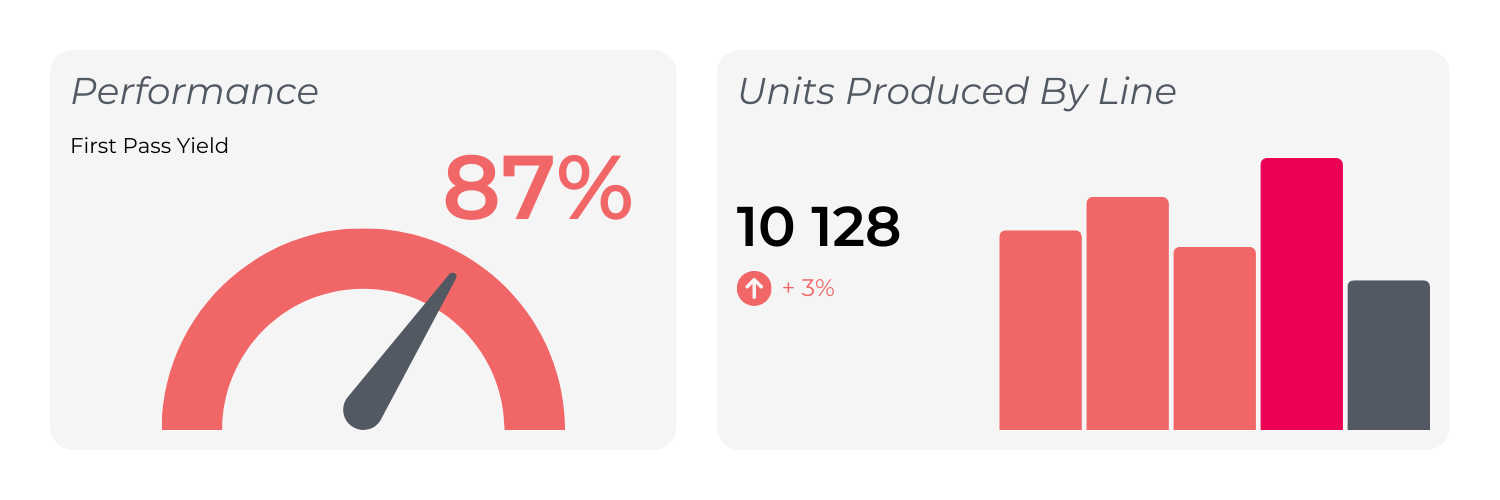
Manufacture analytics gives a complete and dynamic tool that displays the most important measures and patterns from your manufacturing data. You can examine your manufacturing execution timelines, efficiency, productivity, employee workloads and overall costs by different factors. Explore the details, apply filters, and make comparisons.
Understand your manufacturing processes, detect problems and possibilities, and enhance your assets and results.
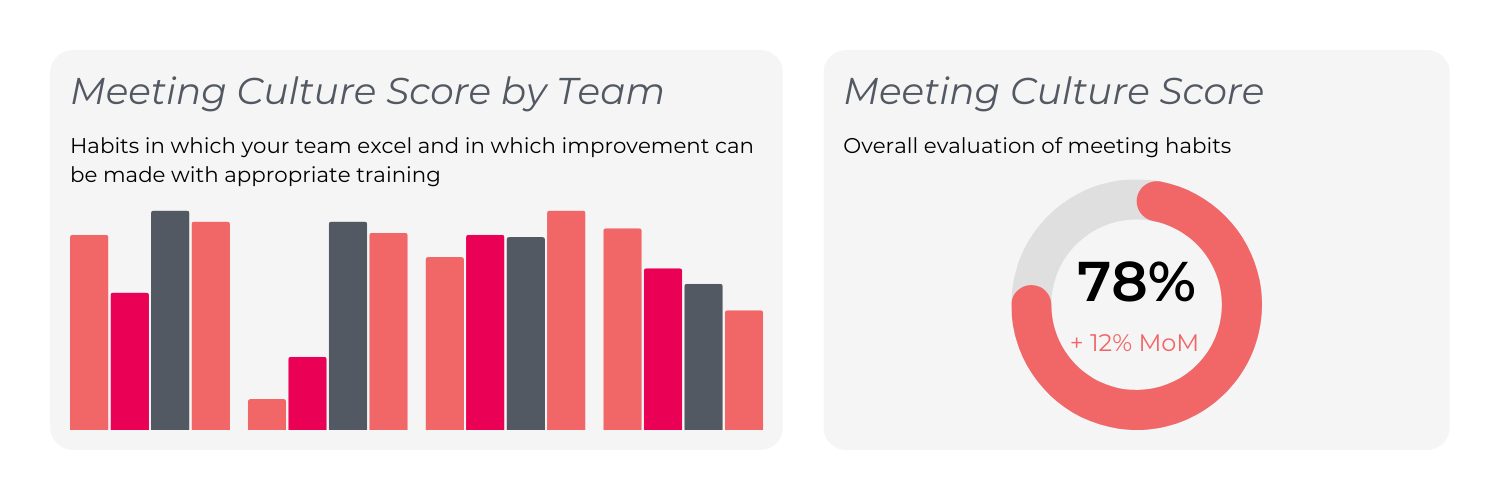
Know where you stand with a little help from Peero. Once you know your meeting culture score, you can identify and rectify problems (before they become bigger problems).
Track invitation acceptance rate, meetings outside business hours, multitasking during meetings, overlapping meetings and other silent productivity killers. Leverage the results towards a positive change for your employees and business performance.
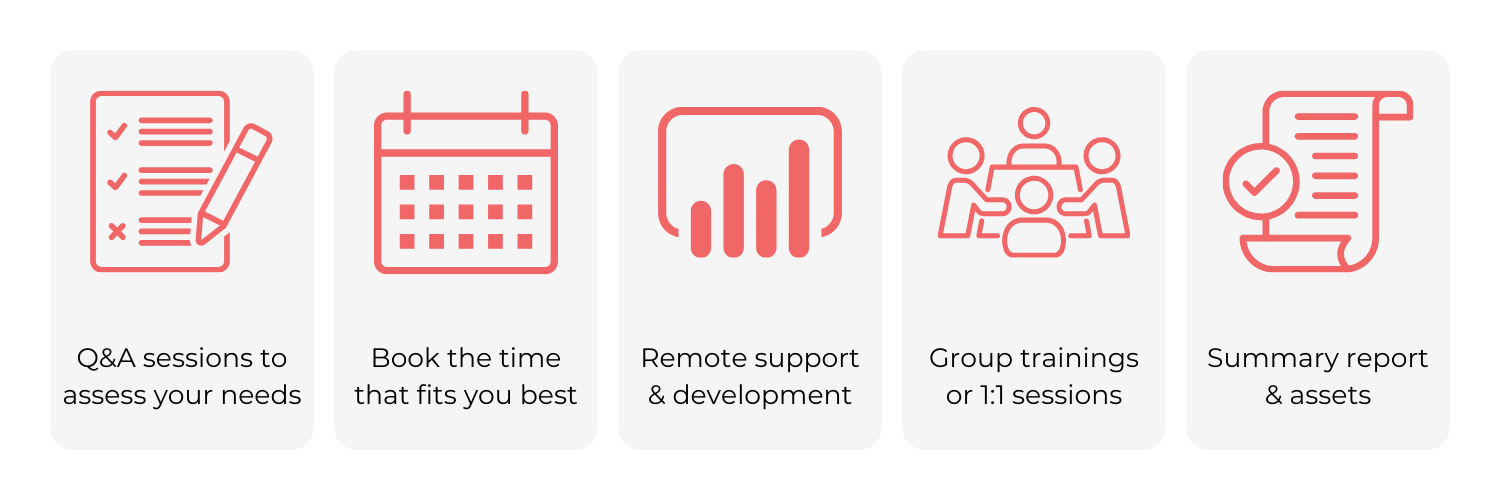
Our Power BI consultations and training service offers you various options to suit your needs and goals, such as workshops, consultations for data centralization, Q&A sessions, assessments, business and technical value improvements.
You can learn from our experienced experts, who will guide you through the Power BI tools and features, best practices, and use cases.
You can also get personalized feedback and support on your Power BI projects and challenges. Our Power BI consultations and training service helps you master Power BI and unleash its full potential.
At Peero Analytics library you will find ready-made dashboards for productivity, sales, HR, and engagement analytics.
We are always eager to build something new – contact us if you have an idea of what else you would want to measure.

… so we won’t do anything with it you don’t feel comfortable with. Your data is yours, and we’ll make sure it stays that way.
You don’t need weeks of time (or a tech degree) to start using BI tools right now. Connect in minutes and get started in moments.
Peero will be ready when you are.
Peero helps with integration of Microsoft stack data from simple Excel files, to communication data from Outlook, Teams, SharePoint, larger databases, and Microsoft Dynamics 365. Our expertise and experience also includes custom integrations, such as with Odoo, Clockify, Asana, SageHR and other custom solutions.





